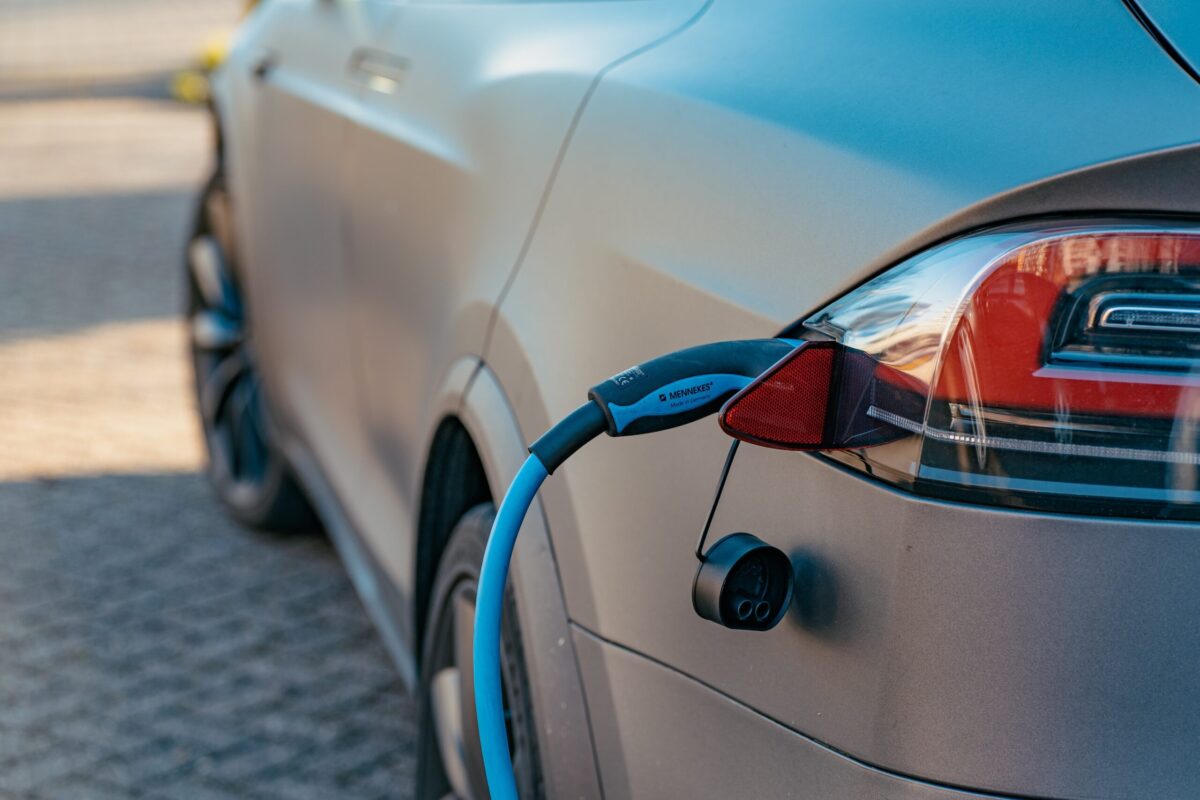 (Photo by Ernest Ojeh on Unsplash.)
(Photo by Ernest Ojeh on Unsplash.)ICF, a global consulting and technology services provider, released a new report that leverages proprietary climate modeling to project how to put the U.S. on a path toward achieving its goal of a net-zero economy by 2050.
The report finds that achieving U.S. climate goals is possible through existing measures—transportation electrification, building decarbonization, and clean energy—and aims to chart achievable pathways for each measure. The report finds that U.S. federal agencies, state and local governments, and utilities will need to work together to increase electric vehicles (EVs) by 100 times the current number on the road, install more than a billion decarbonization measures in buildings, and increase renewable energy to 85% of total electricity generation to meet national climate goals.
The report also modeled the impact of two signature U.S. climate laws, the Bipartisan Infrastructure Law (BIL) and the Inflation Reduction Act (IRA), finding that the laws could reduce enough planet-warming greenhouse gas (GHG) emissions to get the U.S. halfway to its climate goals.
To slow the impacts of climate change and address its causes, the U.S. government set ambitious climate goals in 2021: to reduce GHG emissions by 50–52% by 2030 relative to 2005, and to achieve a net-zero economy by 2050. To help accelerate GHG reductions and build resilience to the impacts of climate change, President Biden signed the BIL into law in 2021 and the IRA in 2022.
Electric vehicles
EV road presence will need to increase by 100 times to meet the 2050 goals, the report said, even with 2 million EVs on the road at the end of 2022. This increase would include both light-duty passenger vehicles and trucks and heavy-duty buses and trucks.
44 million EVS would need to be on the road by 2030, and 240 million by 2050 to put the US on path for net-zero by 2050, the report says. The BIL and IRA helped nudge these numbers, the report said: Before their passage, the US was on track for 29 million EVs on the road by 2030. Now, it could be on track for 35 million in the same timeframe.
However, even with the assistance of the BIL and IRA, the US is only on track for 93 million EVS by 2050, nearly 150 million less than the report estimates will be required. To fill this gap, the ICF says aggressive federal mandates for EVs, scaling up of battery manufacturing, continued consumer excitement, scaling up of charging stations, and the electrification of public transportation will all be required.
Building decarbonization
The ICF’s second solution is to install more than a billion decarbonization measures in buildings nationwide.
Funding from the BIL and IRA will help reach this goal, the report said, with an estimated 238 million decarbonization methods to be added to buildings by 2030, and an additional 962 million measures added by 2050. However, the ICF estimates that an additional 281 million measures would be needed by 2030, and another 1.1 billion by 2050. Nearly all of the roughly 110 million buildings in the US would need to receive some sort of energy efficiency and/or electrification measure by 2050, the report says.
In addition to the pure number of measures installed, the types of measures would need to evolve as well, the report says. This would include building envelope and shell improvements, electrification, and more holistic retrofits of buildings.
Since decarbonization measures have different market cycles, supply chains, and installation contractors, it will be difficult to standardize and integrate solutions across regional and local markets, the report says. This means that decarbonization may occur in a more “piecemeal” fashion compared to EVS, but utilities and government agencies could help by encouraging the bundling of energy efficiency and electrification upgrades during one interaction with a business owner.
Clean energy
The ICF’s solution for clean energy is to increase renewables to 85% of total electricity generation. This would require an increase of solar and wind’s current 13% of total generation to more than 80%. Batteries would also need to be installed in the hundreds of GW by 2050 to meet this goal.
Natural gas, coal, and other fossil fuels would need to be reduced from 60% of generation in 2022 to nearly zero in 2050. Low-carbon fuels will have to grow 1,800 tBTU by 2030 and more than more than 5,100 tBTU by 2050 to surpass natural gas. The remaining generation not covered by renewables would come from low- or zero-carbon dispatchable resources, the report says.
A few possible roadmaps to achieve these clean energy goals include: reform of permitting, land rights, and regulatory approval for transmission projects; identifying optimal locations for clean energy projects (both geographical and economical); investment in distributed energy resource systems; and building out the supply chain for raw materials like copper, cobalt, manganese, and molybdenum.